Optimal Timing for Bee and Wasp Removals
Identifying the optimal time for bee and wasp removals is essential for safety and effectiveness. The timing largely depends on the species and their active seasons, which can vary throughout the year.
Spring is an active period for bees and wasps as colonies expand. Early removal can prevent larger infestations later in the season.
Summer sees peak activity, making removals more challenging and riskier. It's generally recommended to avoid disturbing nests during this time unless necessary.
Fall is often the best time for removals, as colonies begin to diminish and nests become less active, reducing risk and disruption.
Most bee and wasp species are dormant during winter, making it an ideal time for safe and effective nest removal.
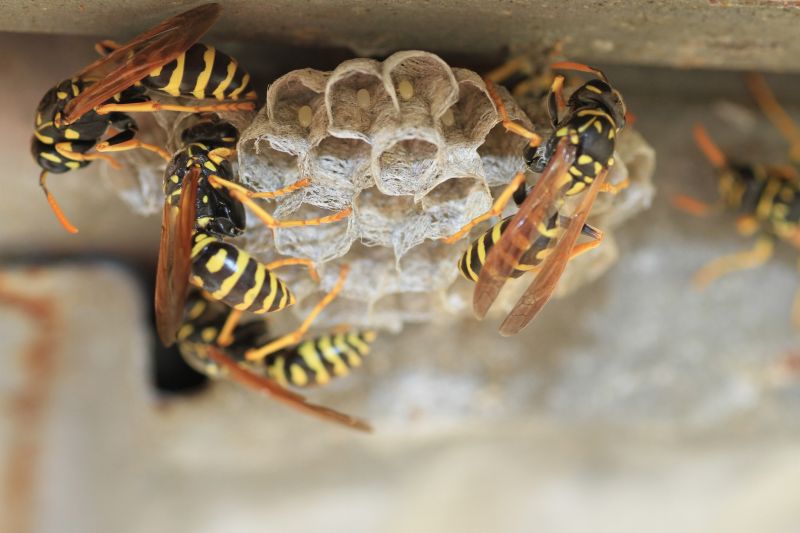
Nest activity begins to increase as colonies grow during spring.

Nests are at their largest and most active during summer months.

Colony activity decreases as temperatures drop, making fall ideal for removals.
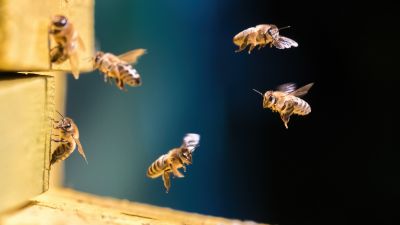
Ways to make Bee And Wasp Removals work in tight or awkward layouts.
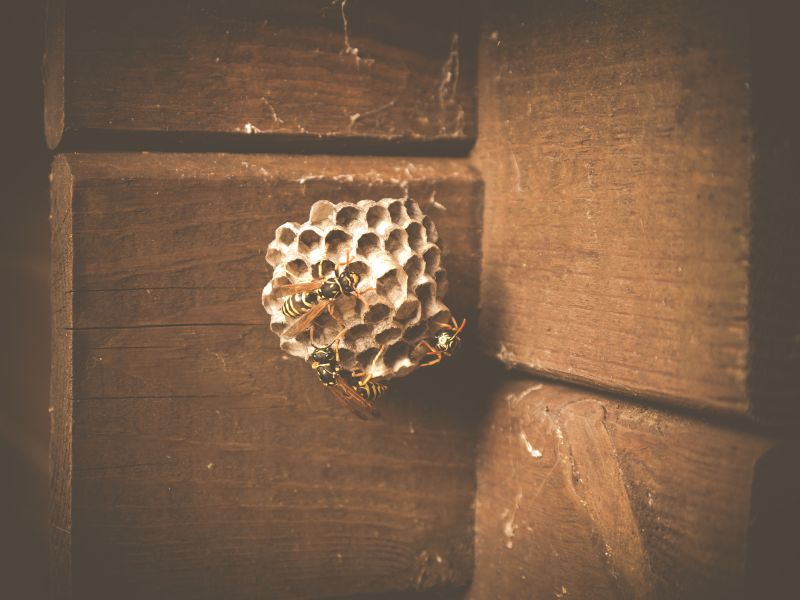
Popular materials for Bee And Wasp Removals and why they hold up over time.
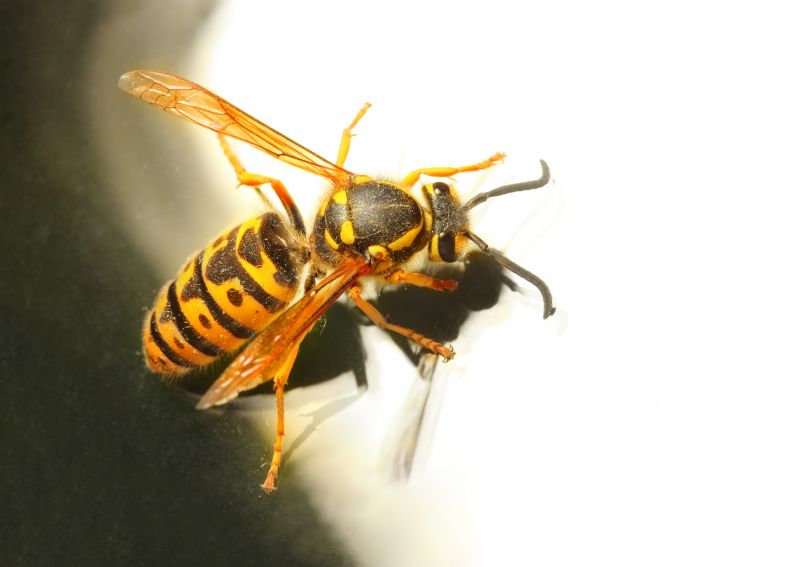
Simple add-ons that improve Bee And Wasp Removals without blowing the budget.
| Season | Activity Level |
|---|---|
| Spring | Increasing activity; colonies expanding |
| Summer | Peak activity; nests at largest size |
| Fall | Decreasing activity; colonies diminishing |
| Winter | Dormant; minimal activity |
Bee and wasp removals require careful timing to ensure safety and effectiveness. During active seasons, nests are more robust, and removal efforts may pose higher risks. Conversely, during dormant periods, nests are less active, making removal safer and more efficient. Proper timing can also reduce the likelihood of colony re-establishment and minimize disruption to local ecosystems.
Statistics indicate that most bee and wasp colonies are at their largest during summer, with some species producing multiple generations annually. Fall typically marks the decline of colonies, making it the preferred period for removal efforts. Timing also influences the complexity of removal, with dormant periods offering the simplest and safest window for intervention.
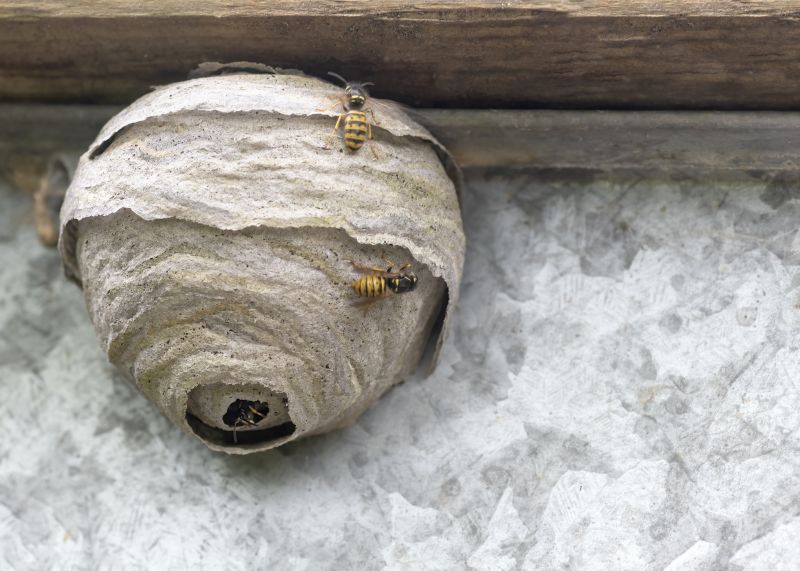
New colonies are forming, and nests are small.

Nests are at their largest and most active.
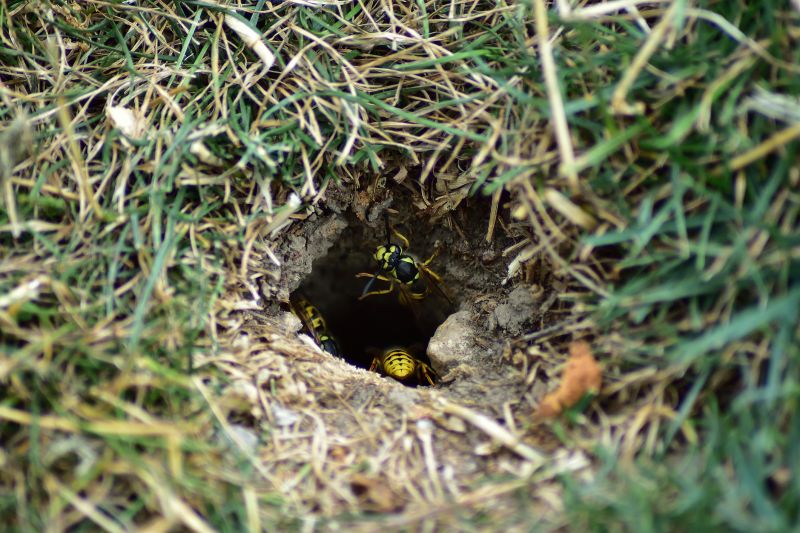
Nests are shrinking as colonies decline.
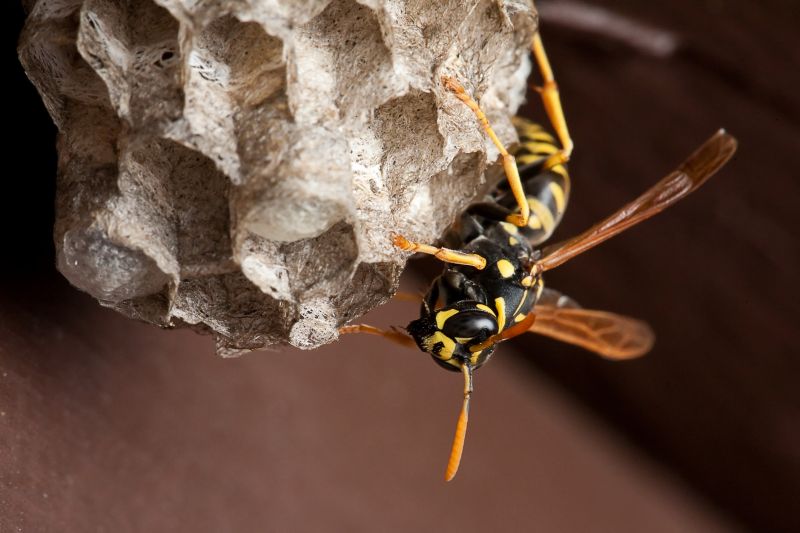
Nests are inactive and easier to remove.
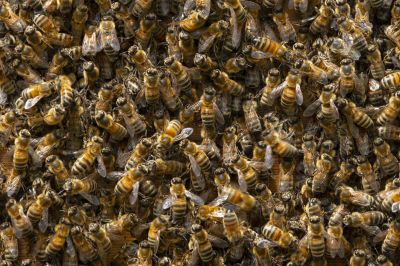
Finishes and colors that play nicely with Bee And Wasp Removals.

Little measurements that prevent headaches on Bee And Wasp Removals day.

A 60-second routine that keeps Bee And Wasp Removals looking new.
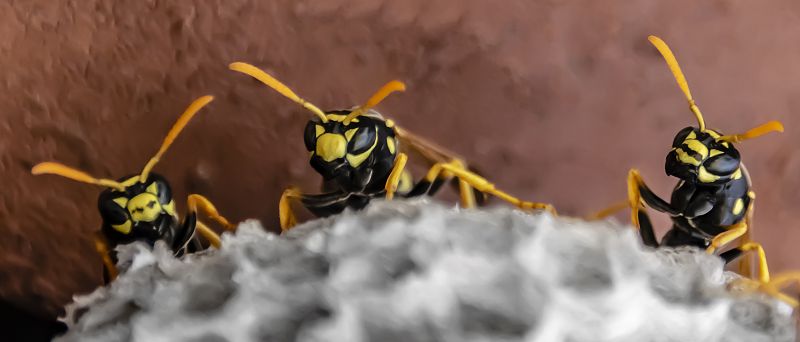
A frequent mistake in Bee And Wasp Removals and how to dodge it.

Small tweaks to make Bee And Wasp Removals safer and easier to use.

Lower-waste or water-saving choices for Bee And Wasp Removals.

The short, realistic tool list for quality Bee And Wasp Removals.

Rough timing from prep to clean-up for Bee And Wasp Removals.
Individuals interested in bee and wasp removals are encouraged to contact for further information. Proper timing and professional assistance can ensure safe and effective removal, reducing risks associated with active nests.
